 Abraham Lincoln
If given the truth, the people can be depended upon to meet any national crisis...
Abraham Lincoln
If given the truth, the people can be depended upon to meet any national crisis...
 Guildford news...
for Guildford people, brought to you by Guildford reporters - Guildford's own news service
Guildford news...
for Guildford people, brought to you by Guildford reporters - Guildford's own news service
Birdwatcher’s Diary No.299
Published on: 2 Mar, 2024
Updated on: 2 Mar, 2024
By Malcolm Fincham
Low pressure systems continued to dominate the weather during the latter weeks of February, bringing showers as well as longer spells of rain.
Wind directions had turned to north-westerlies for a time as the last week of the month approached bringing daytime temperatures down into single figures for the most part.
Continuing my ventures into the final weeks of February once again in the company of Bob and Dougal, on February 17 on a dry but overcast afternoon we decided to revisit Effingham Forest near East Horsley.
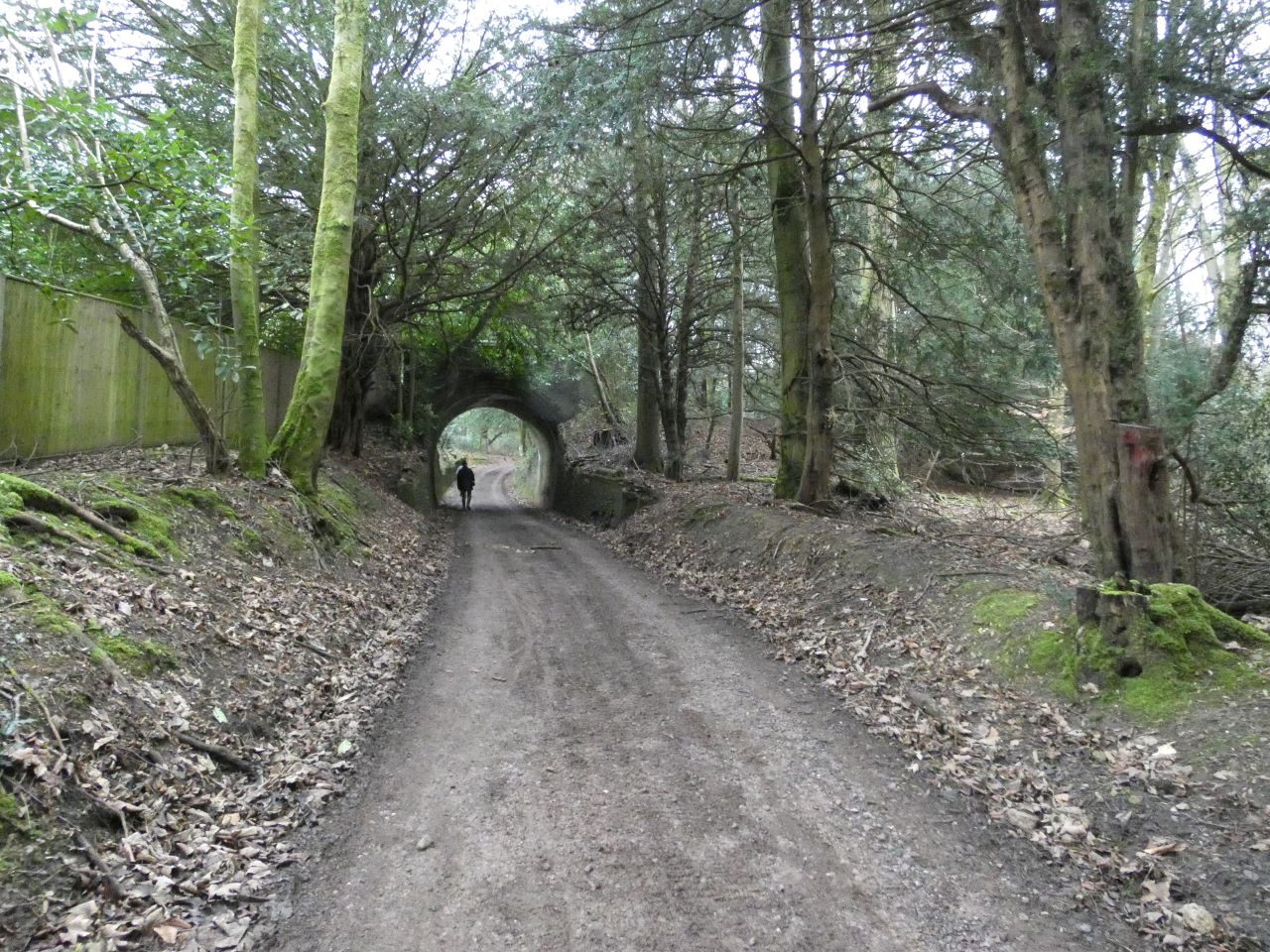
Honeysuckle Bottom, East Horsley. Click on pictures for an enlarged version in a new window on your browser.
This time in the area of Honeysuckle Bottom walking the track that leads up to the Sheepwalk.
Along the trail and among the mosses growing beside the track, scarlet elf cups could be viewed growing on the decaying debris.
These are fungi that grow during the cooler months of winter and early spring in damp, deciduous woods with plenty of fallen wood on which they grow.
It’s believed that the elves of the wood visit these cups in the morning and drink the dew from them, but it was too late in the day for us to gain any proof!
The sound of marsh tits were more to our interest, and several could be heard calling, as well as seen, as we walked the lane.
Further up the lane a raven could picked out from a clearing, perched up in one of the tall trees across a field.
Our target species of the day we eventually located near Sheepwalk Cottage. Although having seen wintering bramblings about the forest on numerous occasions in the past, we had been hard pushed to see any since the new year.
Therefore, it was a nice bonus to see a flock of 20 or so feeding within a small area, and to get my first photos of them for 2024.
While alongside them several chaffinches could be viewed.
As seen and written about in my recent reports, wintering flocks of Bohemian waxwings continued to be viewed at several locations in Surrey for the first time in over a decade.
Although I has still not seen any within the Guildford borough area, it seemed unkind not show some respect to them and revisit the ones still present in Farnham.
By now they had moved on from the previous area where we had sighted them and were now being reported by the Upper Hart Car Park near the Waitrose supermarket in the town centre.
Having now depleted most of the rowan berries (as had many of wintering thrushes), many of the visiting waxwings had now taken to feeding on mistletoe berries.
On our arrival, although seeing plenty of mistletoe in the surrounding trees, we were at first unable to sight the birds, or even anybody else about the area already observing.
Eventually we found a small group of cotoneaster shrubs full of berries near the car park with plenty of waxwings present and gorging on the fruits.
We appeared to be the first to have re-found them, although it wasn’t long before a small group of fellow birdwatchers had gathered alongside us to be entertained by the waxwings’ presence.
For the most part during the remaining weeks of the month I remained local to home with weather conditions as they were.
I concentrated on areas either within a short distance of my car, or I sheltered in areas where there was substantial cover of evergreen trees for both myself and my camera equipment to escape from the inevitable showers of rain.
At Britten’s Pond a few noted signs of spring were beginning to show, including the willow trees on the islands that were already showing signs of breaking into leaf.
A pair of Egyptian geese made several appearances on the pond for the first time this year.
While one of the two little grebes was already coming into its breeding plumage.
A few Canada geese had newly arrived on the pond. One of them was seen chasing one of the pair of resident greylag geese across the water.
In the tall trees to the rear of the pond a few rooks had reclaimed their nests from previous years, and could often be seen feeding alongside jackdaws in the field beyond.
While a pair of long tailed tits could already be found busily nest building.
Also around the pond nuthatches could be seen and heard calling.
A great spotted woodpecker could be heard drumming in the woodland to the rear of the pond.
And a goldcrest could be viewed, close by, singing in a holly bush.
While several dunnocks showed well on and about the footpath, with some also singing.
Other regular sightings on the sunnier days were red kites.
As well as a pair of common buzzards.
A tufted duck, possibly the same one as seen earlier in the month, made a reappearance during the several days I visited.

Black-headed gull now gaining summer plumage, with one behind still showing winter colours, at Britten’s Pond.
A few of the black-headed gulls had begun to gain their summer plumages with their chocolate-brown heads now showing.
And regular recent sightings of a pair of lesser black-backed gulls continued.
A kingfisher continued to grace the pond with an occasional appearance although an in-flight shot was the best I could achieve.
While the pair of mute swans had already begun their nest building on one of the islands.
At St Mary’s churchyard, Perry Hill, Worplesdon, a few primroses had begun to break into flower alongside the snowdrops and daffodils still in bloom.
The only notable bird sightings and photos I managed to achieve on my visits there were….
A mistle thrush still heard in song from visits earlier in the month.
While a song thrush could now be seen and photographed in song in another corner of the churchyard.
A lone lesser redpoll could also be picked out as it briefly perched up.
And a kestrel could be viewed perched in a conifer as it viewed out into one of the fields beyond.
While treecreepers and nuthatches could be heard.
Adding to my unusual sightings on my visit were two common birds, one a blue tit perched on the wall at the front of the church.
While at the other end, a wren could be seen perched to the rear of the building. Both seemingly in want of having their photos taken.
At most places visited during the last weeks of the month firecrests could be heard singing, now appearing to be outnumbering locally their cousins, the goldcrest.
Elsewhere around the local Surrey countryside wintering thrushes continued to be observed, with groups of fieldfares seen now feeding out in fields.
With redwings often seen alongside them.
A sparrowhawk was never too far away either. Often seen flashing past me, in hope of a vulnerable victim.
While on local heathlands Dartford warblers appeared to have survived what has been, so far, another mild winter.
And with February almost out of the way, and spring within sight, these insectivores had plenty to look forward to for another year’s survival in the southern-most counties of the UK.
Responses to Birdwatcher’s Diary No.299
Leave a Comment Cancel replyPlease see our comments policy. All comments are moderated and may take time to appear.
Recent Articles
- Guildford Institute’s Crowdfunding Project for Accessible Toilet in its New Community and Wellbeing Centre
- Letter: Guildford – Another Opportunity Missed?
- Letter: GBC’s Corporate Strategy – Where Is the Ambition?
- My Memories of John Mayall at a Ground-breaking Gig in Guildford Nearly Six Decades Ago
- Westborough HMO Plans ‘Losing the Heart of the Street’ Says Resident
- College Invests to Boost Surrey’s Economy and Close Digital Skills Gap
- Community Lottery Brings Big Wins for Local Charities
- GBC Housing Plan Promises ‘A Vibrant Urban Neighbourhood’ Near Town Centre
- Hospital Pillows ‘Shortage’ at the Royal Surrey
- Updated: Caravans Set Up Camp at Ash Manor School


Recent Comments
- Ian Macpherson on Updated: Main Guildford to Godalming Road Closed Until August 1
- Sara Tokunaga on GBC Housing Plan Promises ‘A Vibrant Urban Neighbourhood’ Near Town Centre
- Michael Courtnage on Daily Mail Online Reports Guildford Has Highest-paid Council Officer
- Alan Judge on GBC Housing Plan Promises ‘A Vibrant Urban Neighbourhood’ Near Town Centre
- John Perkins on GBC Housing Plan Promises ‘A Vibrant Urban Neighbourhood’ Near Town Centre
- S Collins on GBC Housing Plan Promises ‘A Vibrant Urban Neighbourhood’ Near Town Centre
Search in Site
Media Gallery
Dragon Interview: Local Artist Leaves Her Mark At One of England’s Most Historic Buildings
January 21, 2023 / No Comment / Read MoreDragon Interview: Lib Dem Planning Chair: ‘Current Policy Doesn’t Work for Local People’
January 19, 2023 / No Comment / Read MoreA3 Tunnel in Guildford ‘Necessary’ for New Homes, Says Guildford’s MP
January 10, 2023 / No Comment / Read More‘Madness’ for London Road Scheme to Go Ahead Against ‘Huge Opposition’, Says SCC Leader
January 6, 2023 / No Comment / Read MoreCouncillor’s Son Starts Campaign for More Consultation on North Street Plan
December 30, 2022 / No Comment / Read MoreCounty Council Climbs Down Over London Road Works – Further ‘Engagement’ Period Announced
December 14, 2022 / No Comment / Read MoreDragon Interview: GBC Reaction to the Government’s Expected Decision to Relax Housing Targets
December 7, 2022 / No Comment / Read MoreHow Can Our Town Centre Businesses Recover? Watch the Shop Front Debate
May 18, 2020 / No Comment / Read More



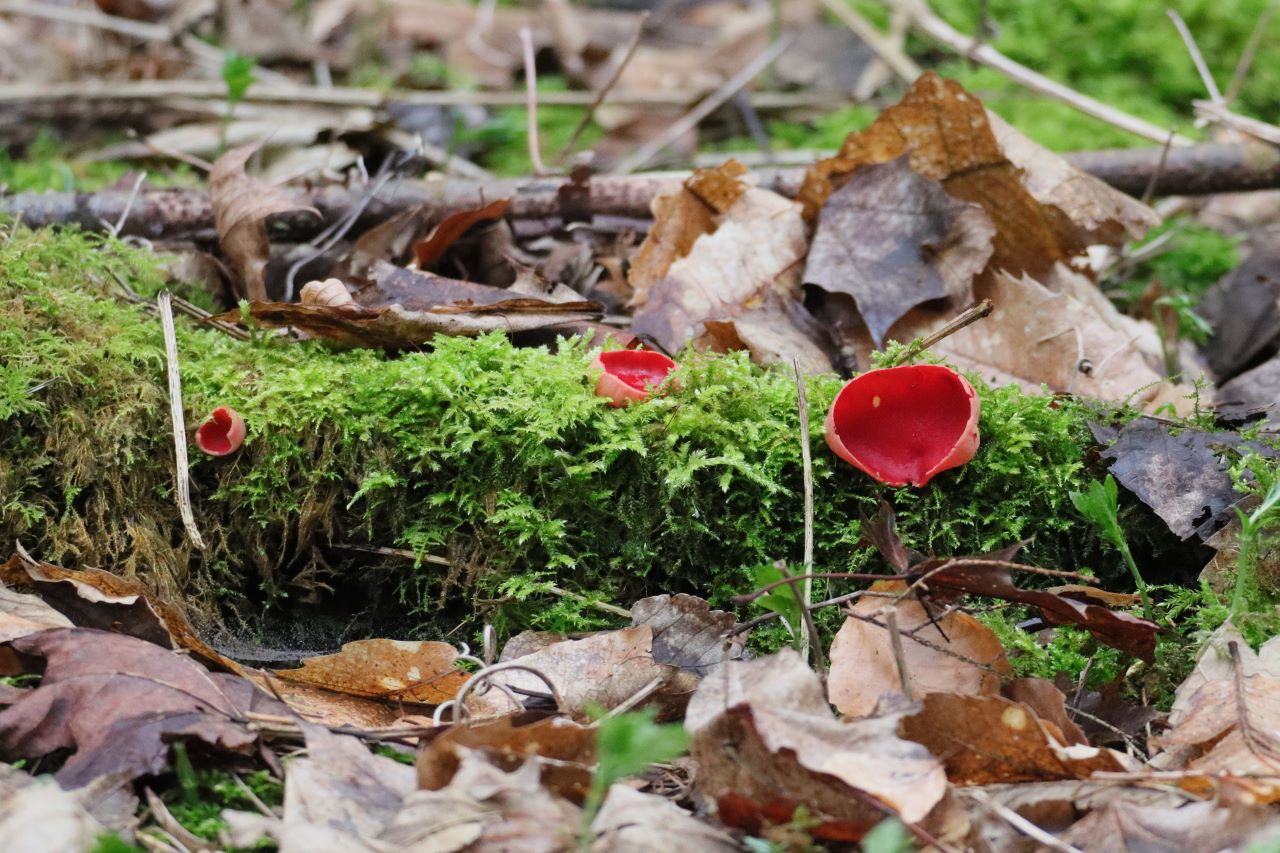
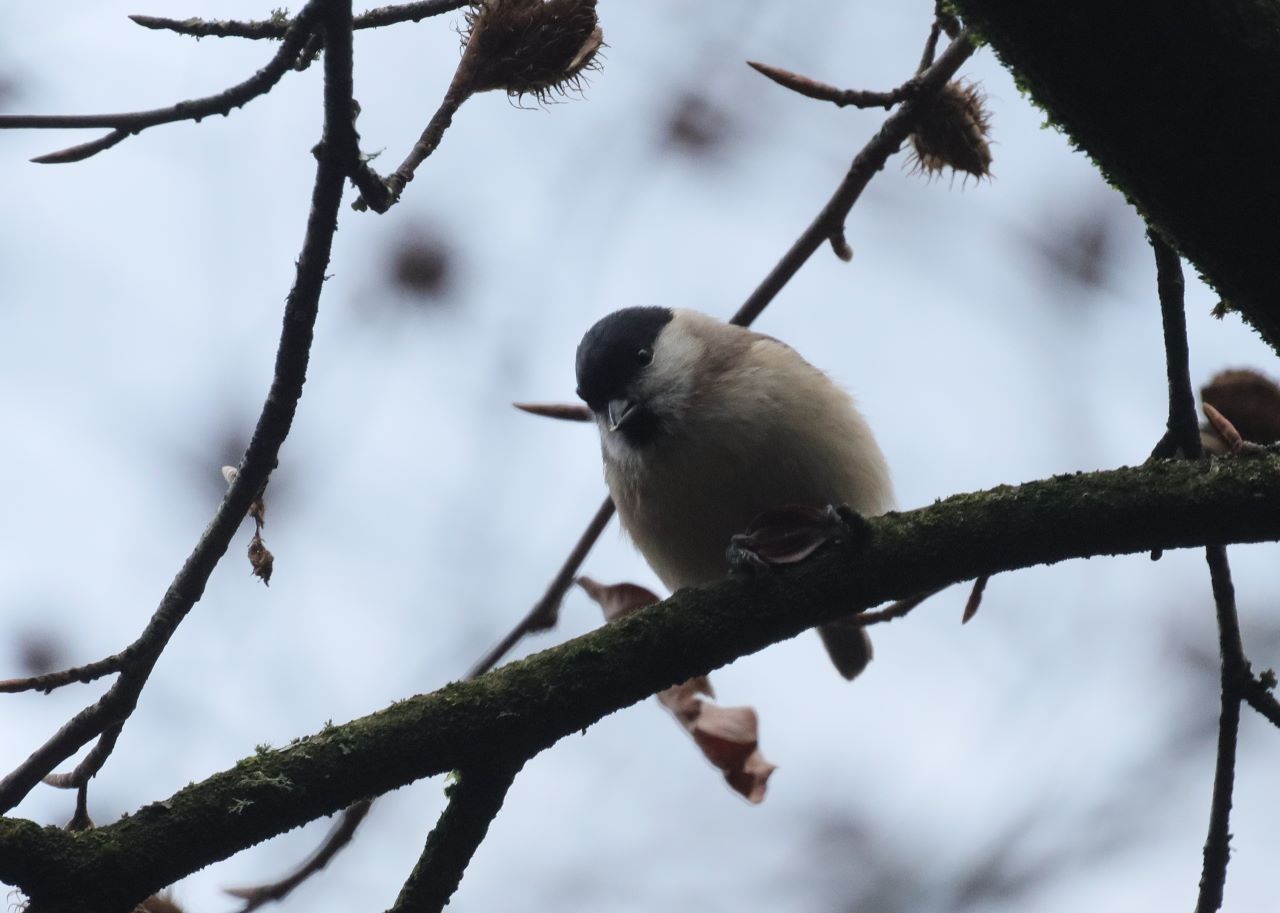
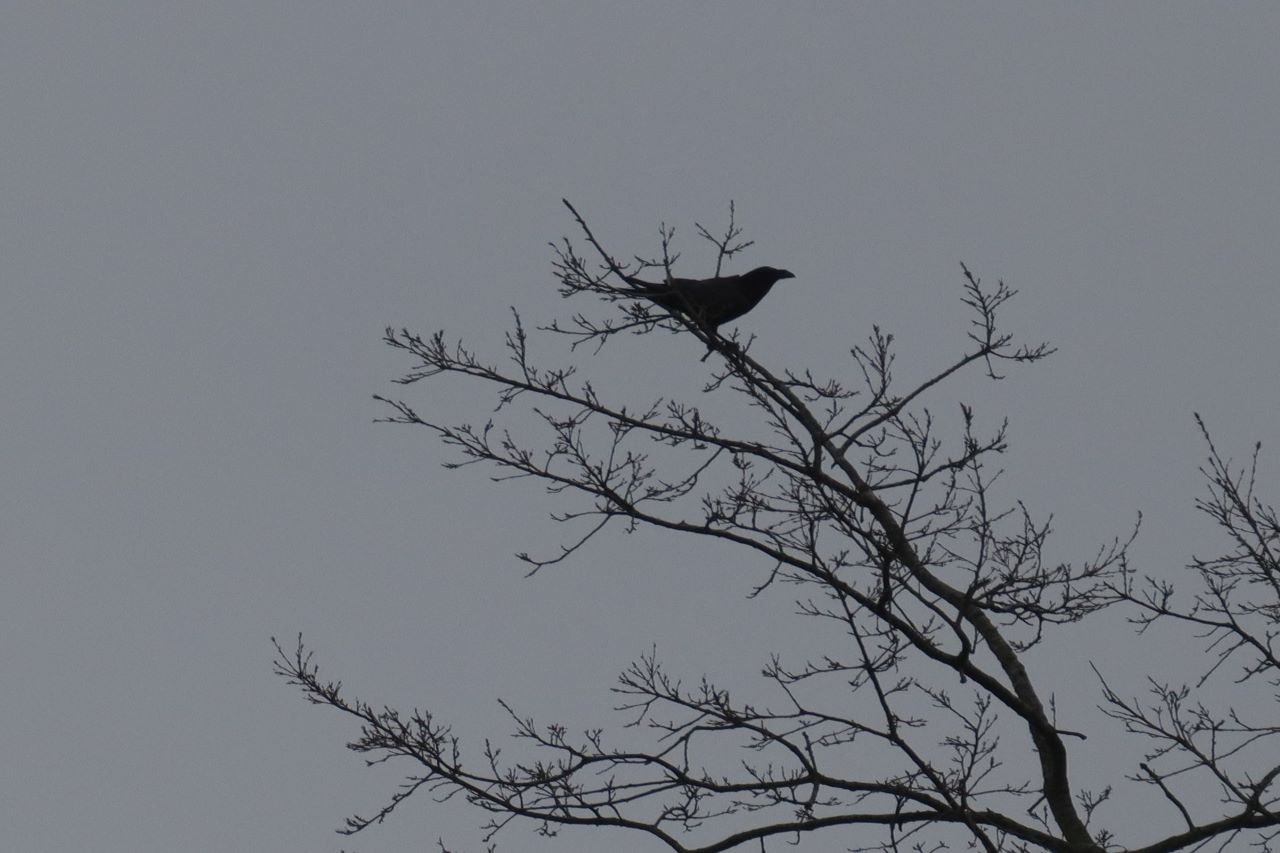

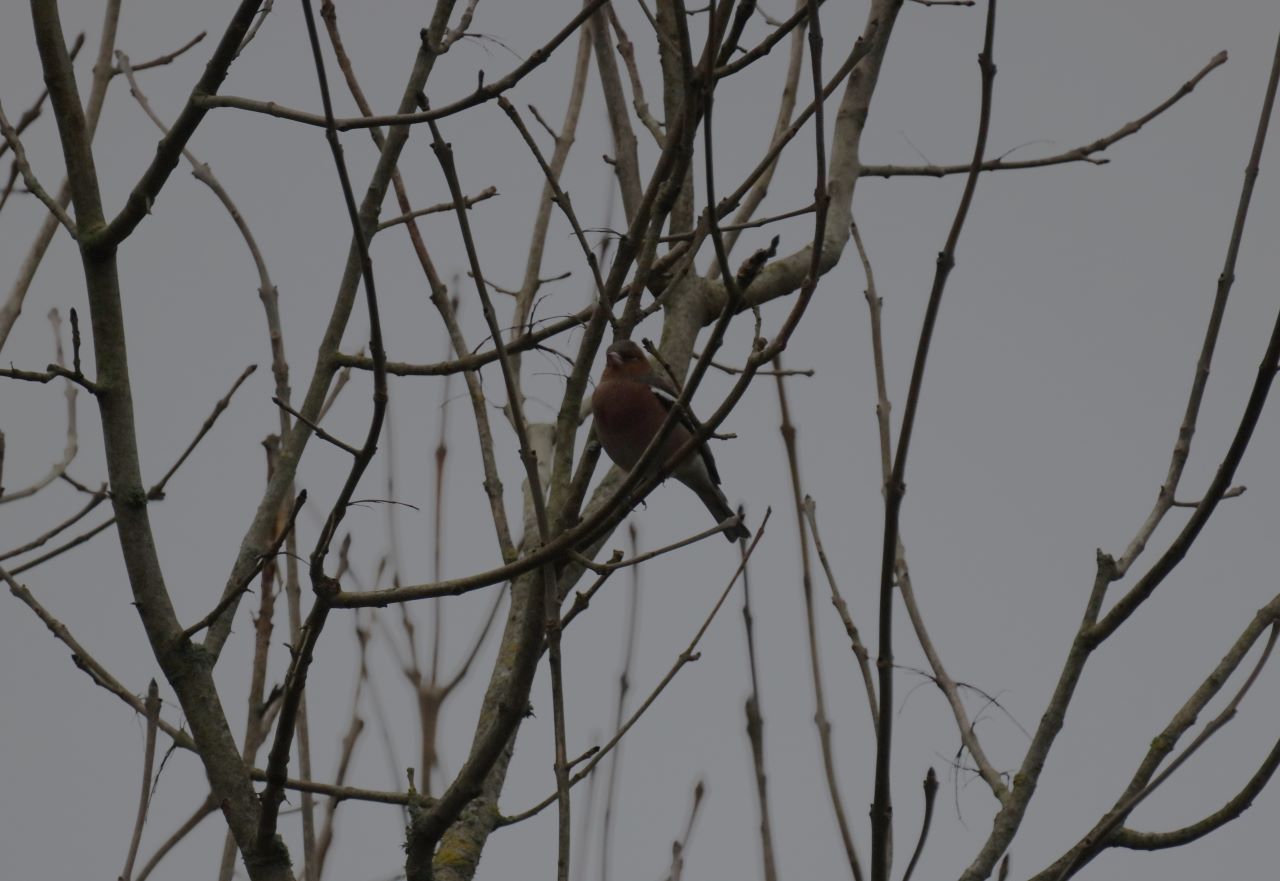
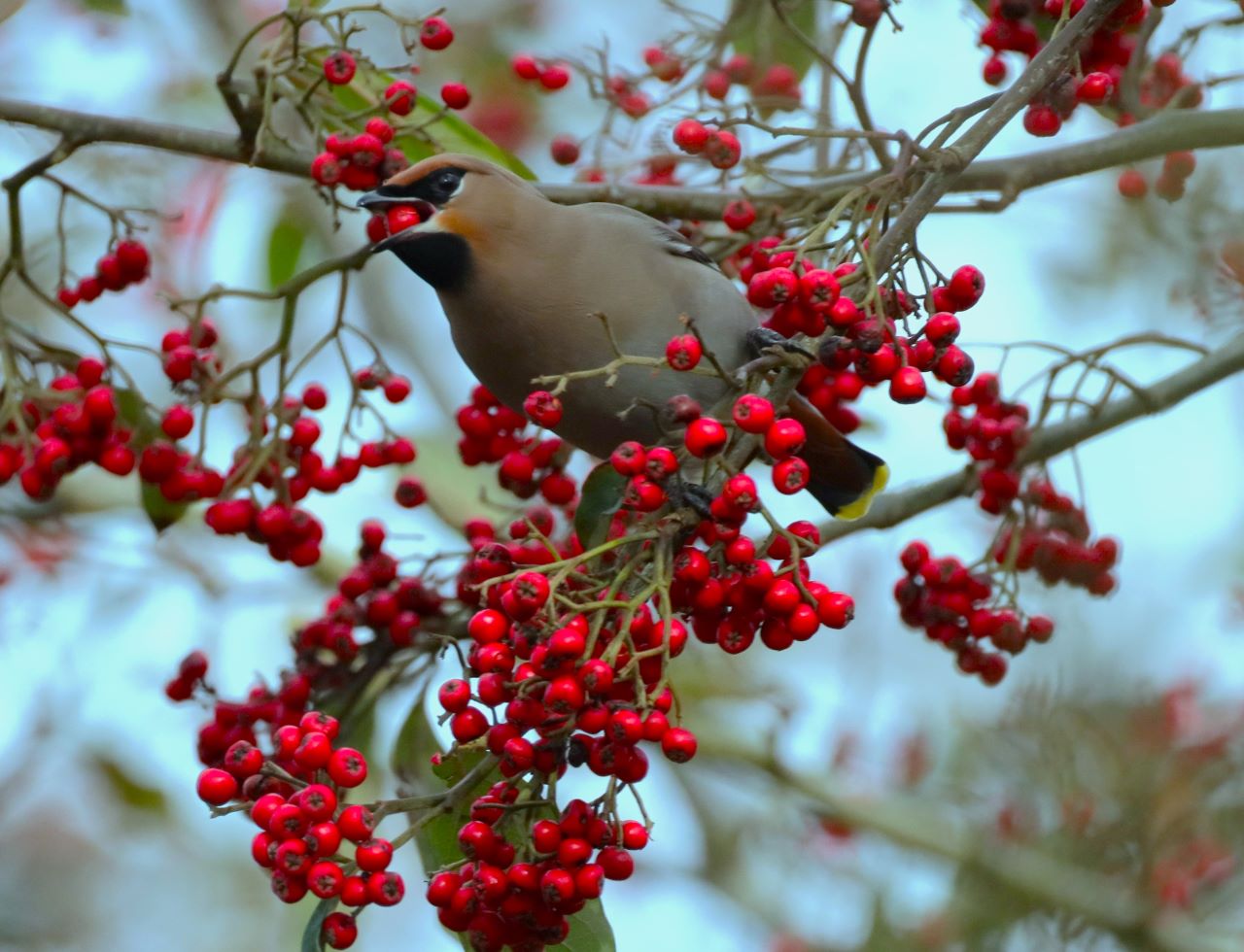

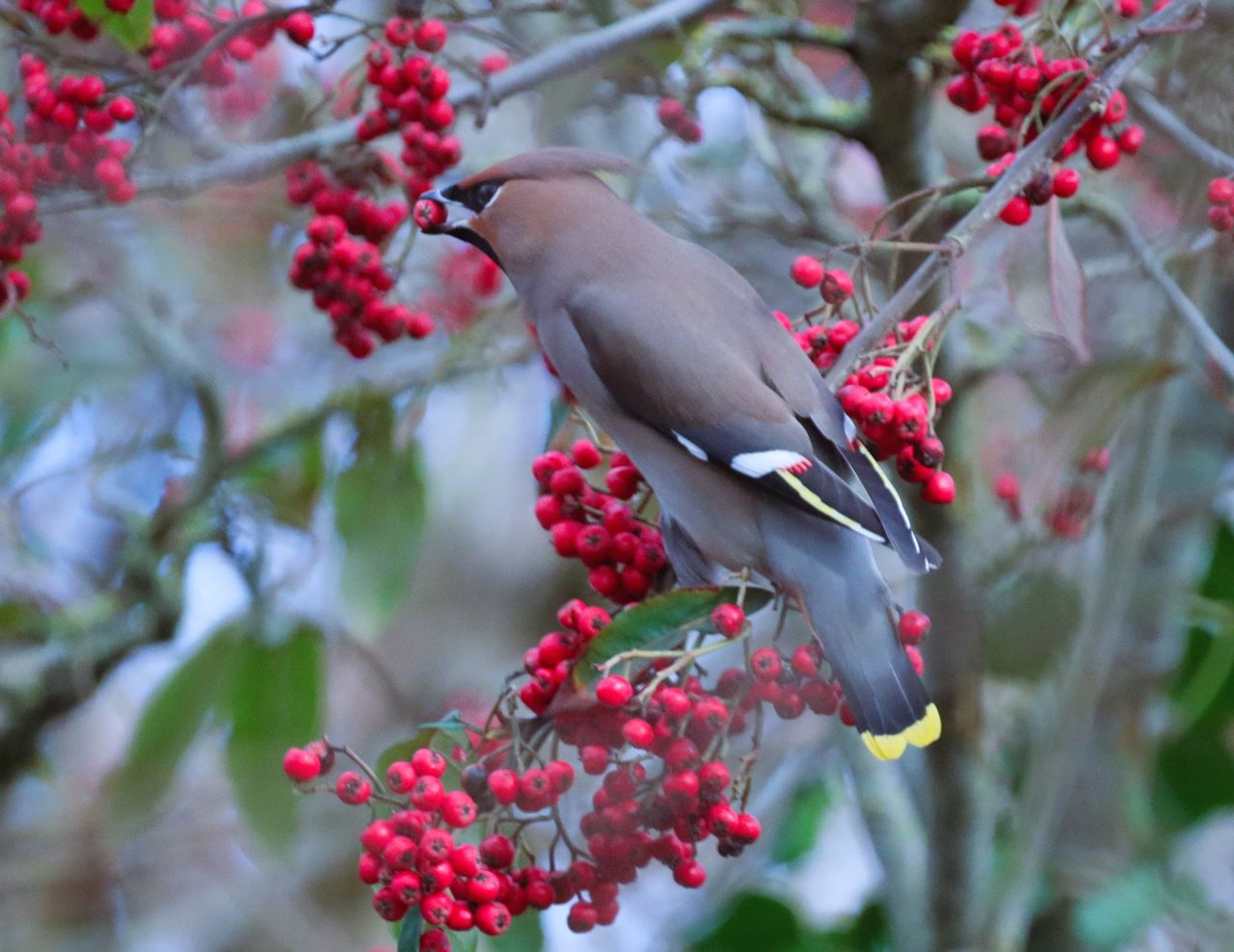


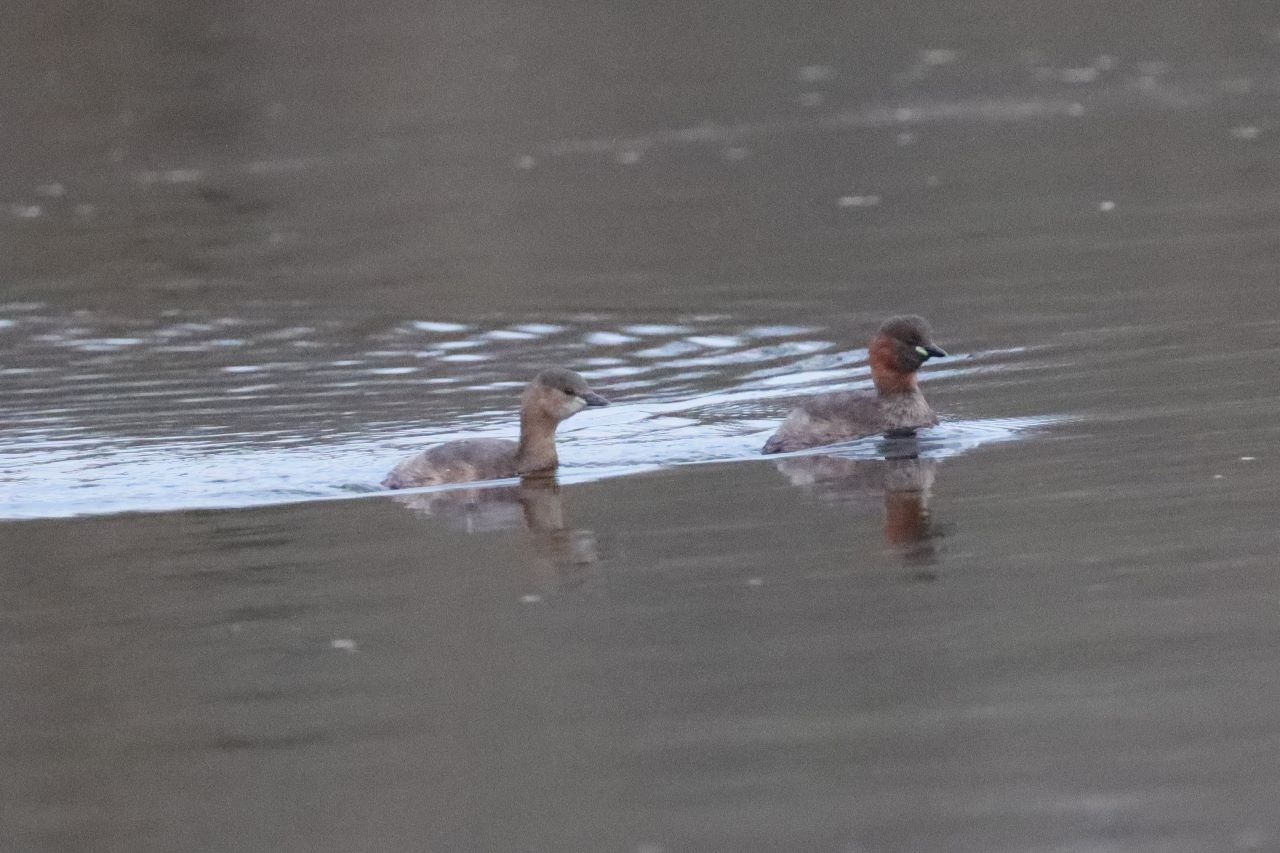
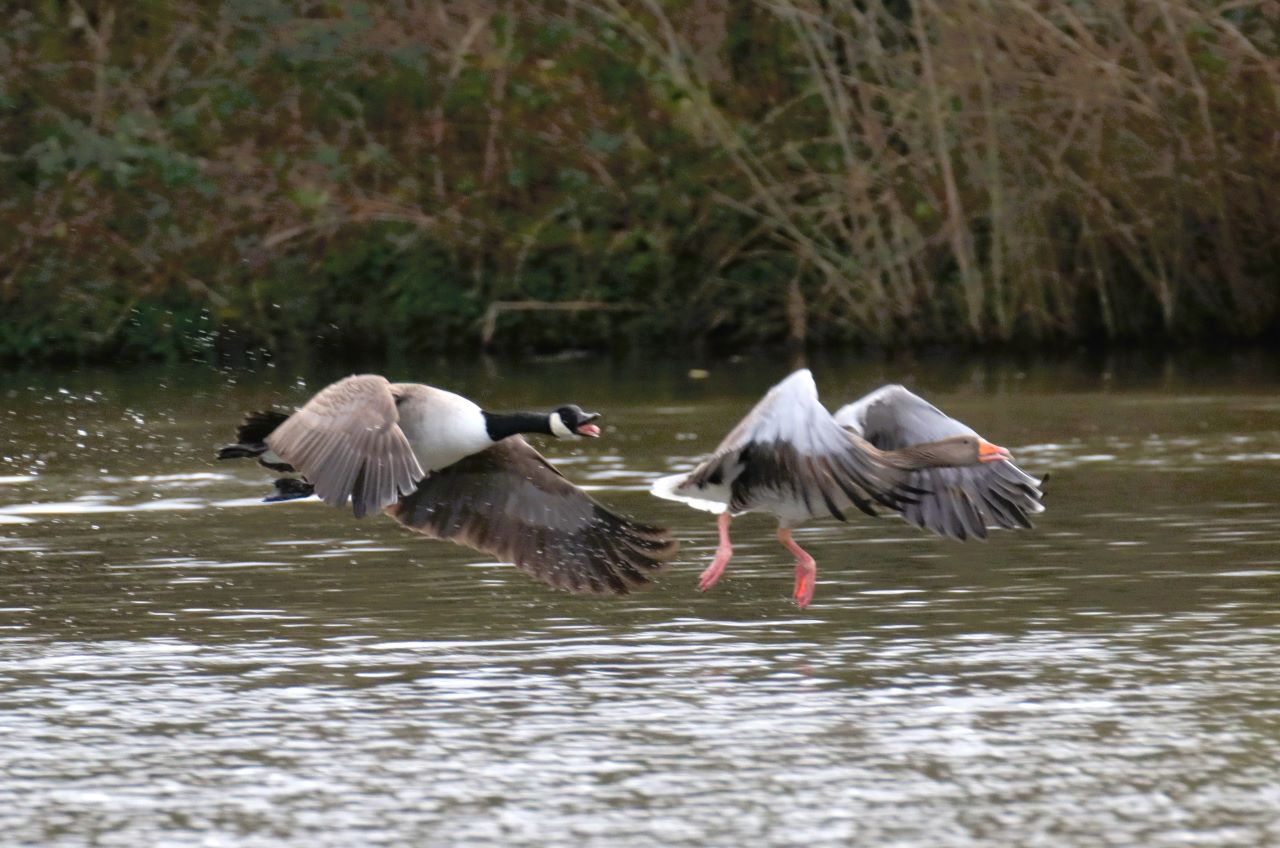
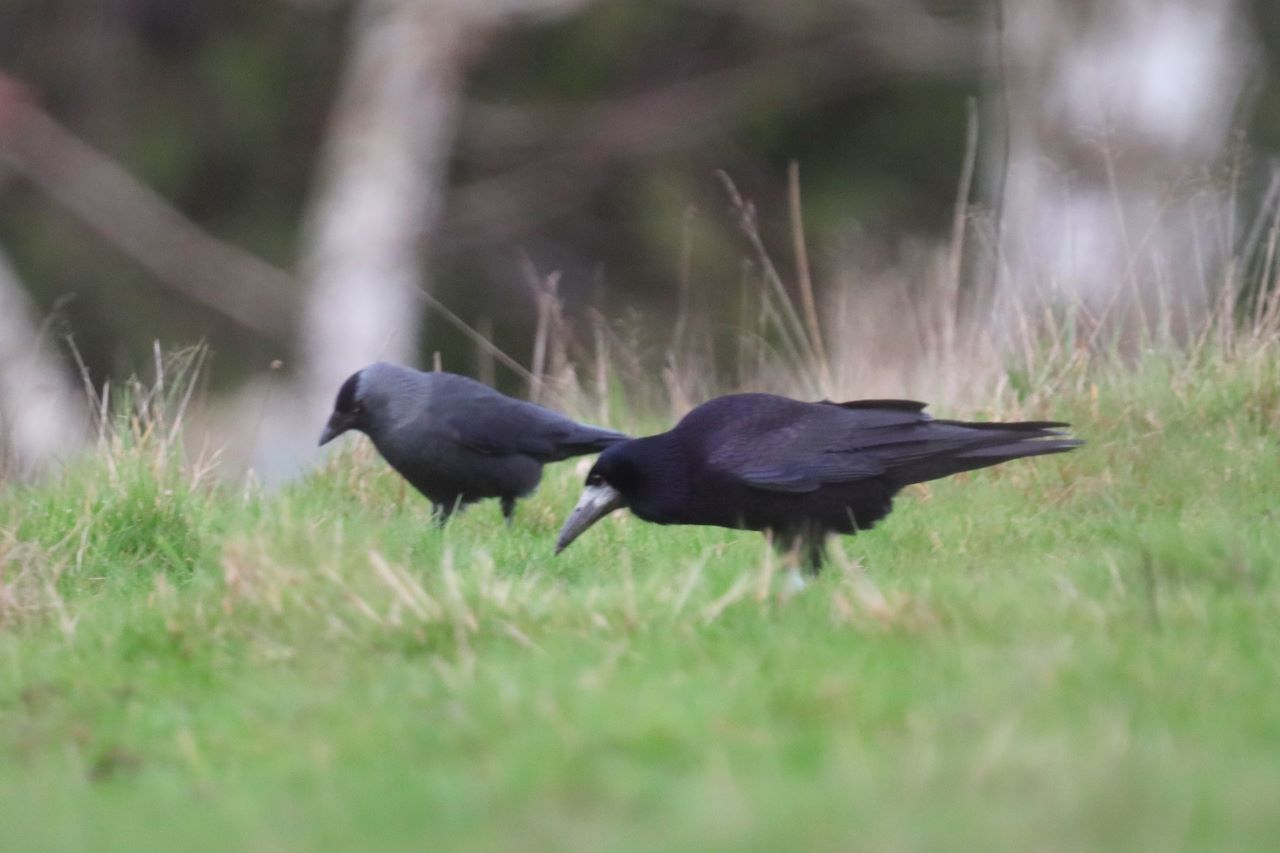
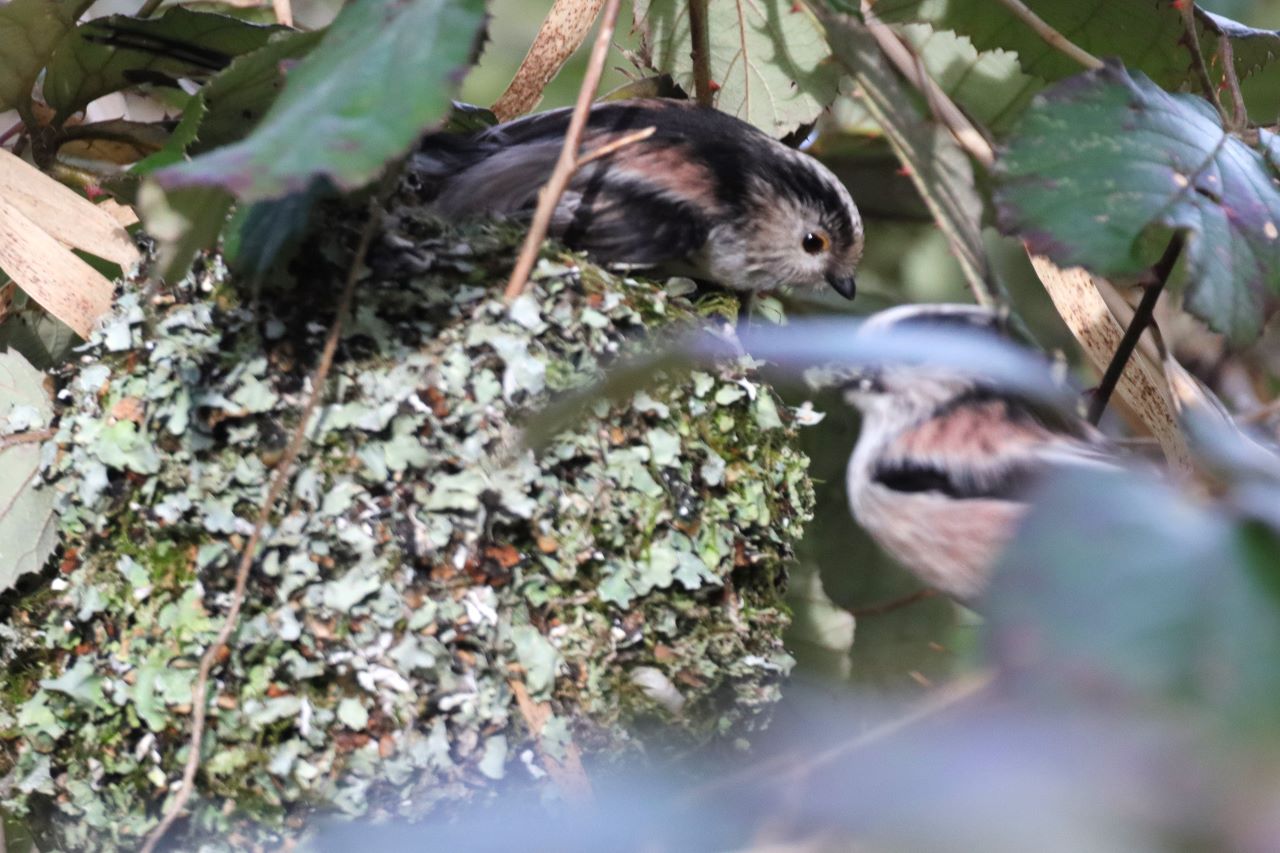

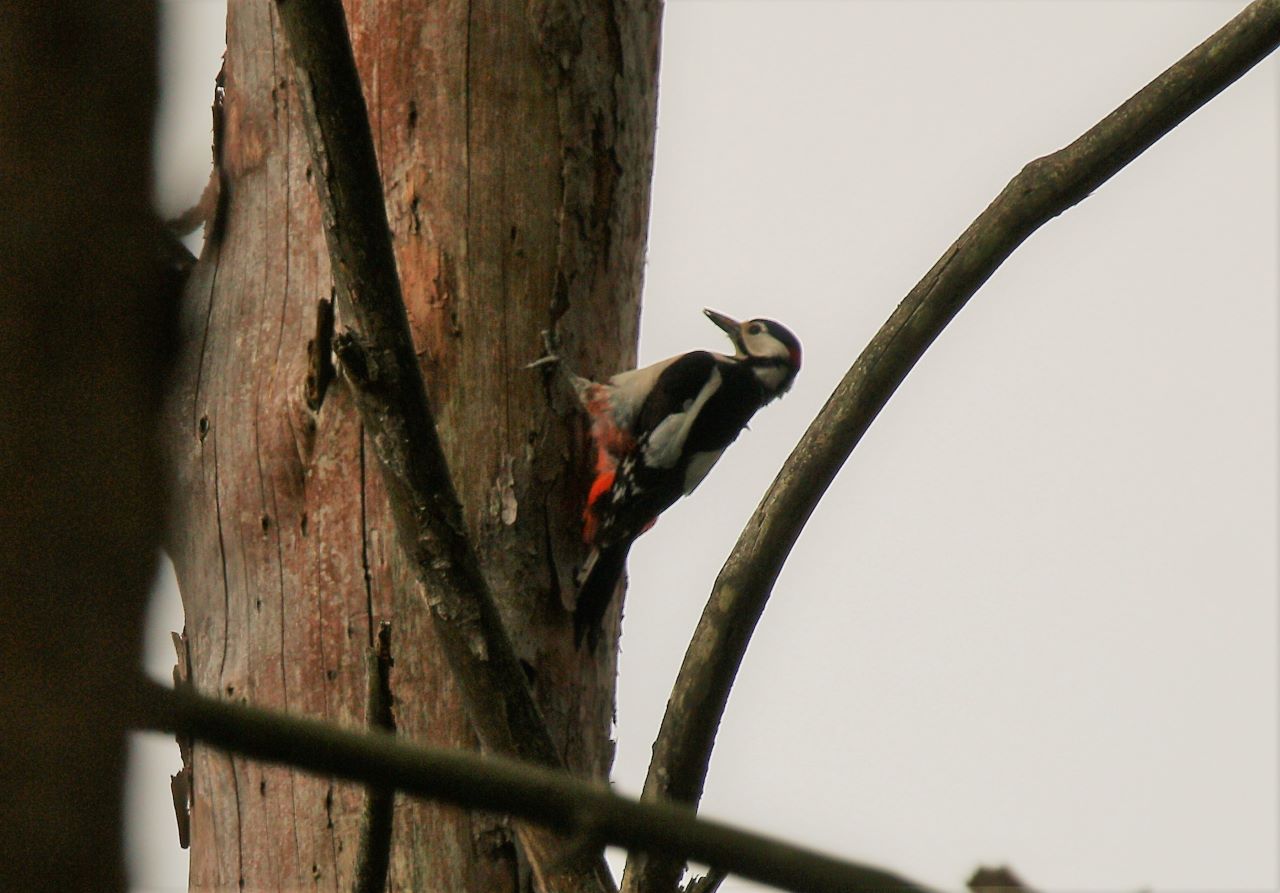
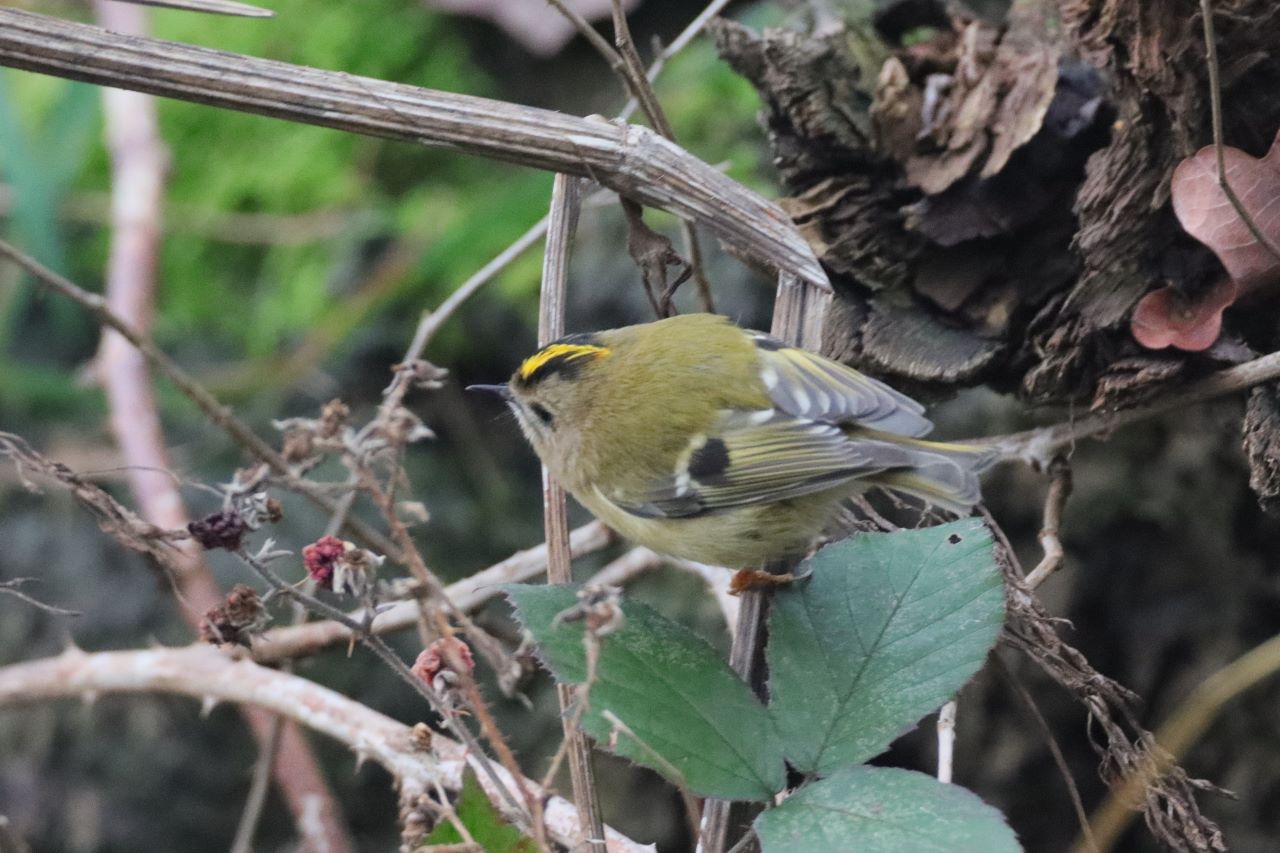

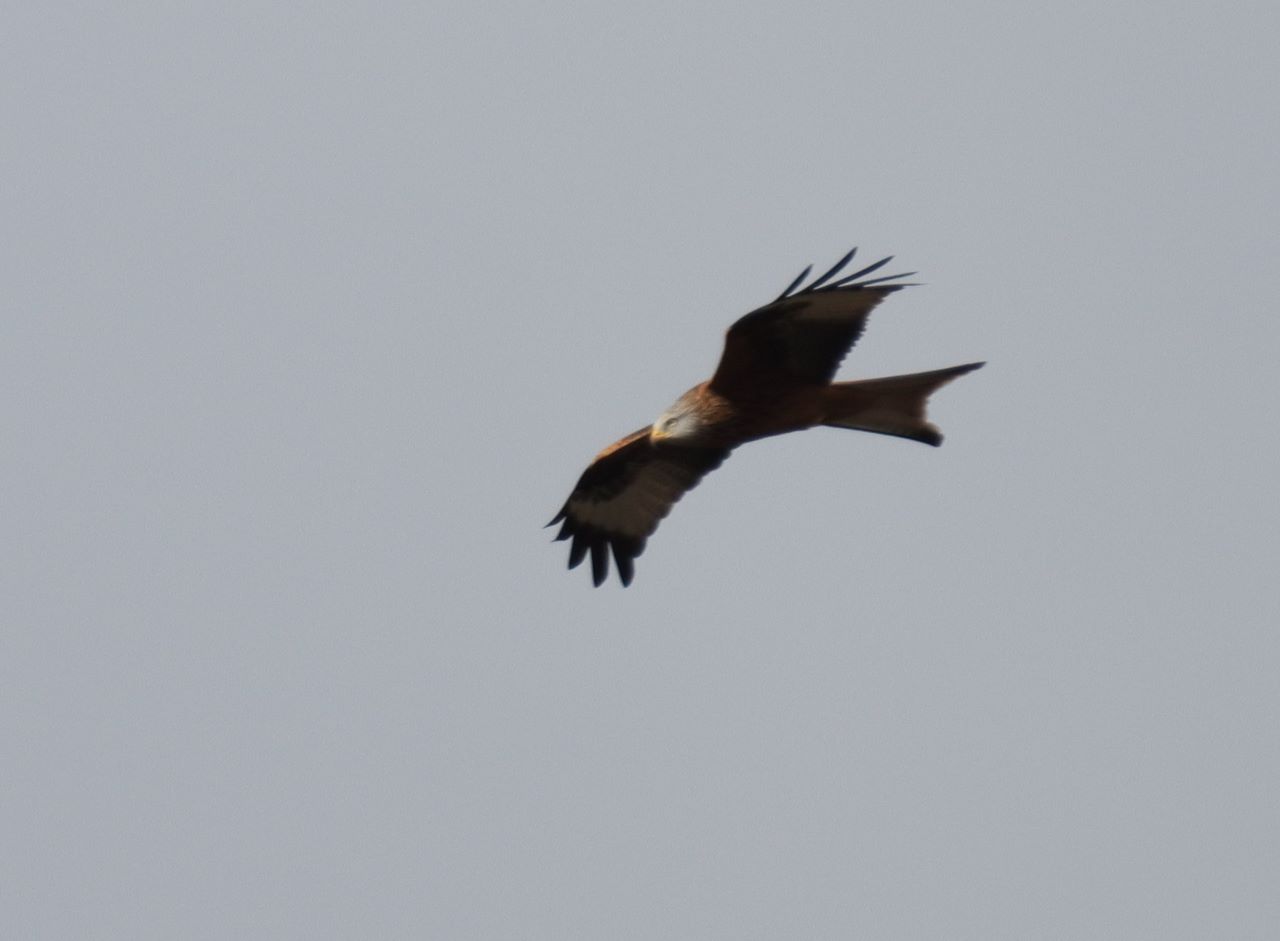
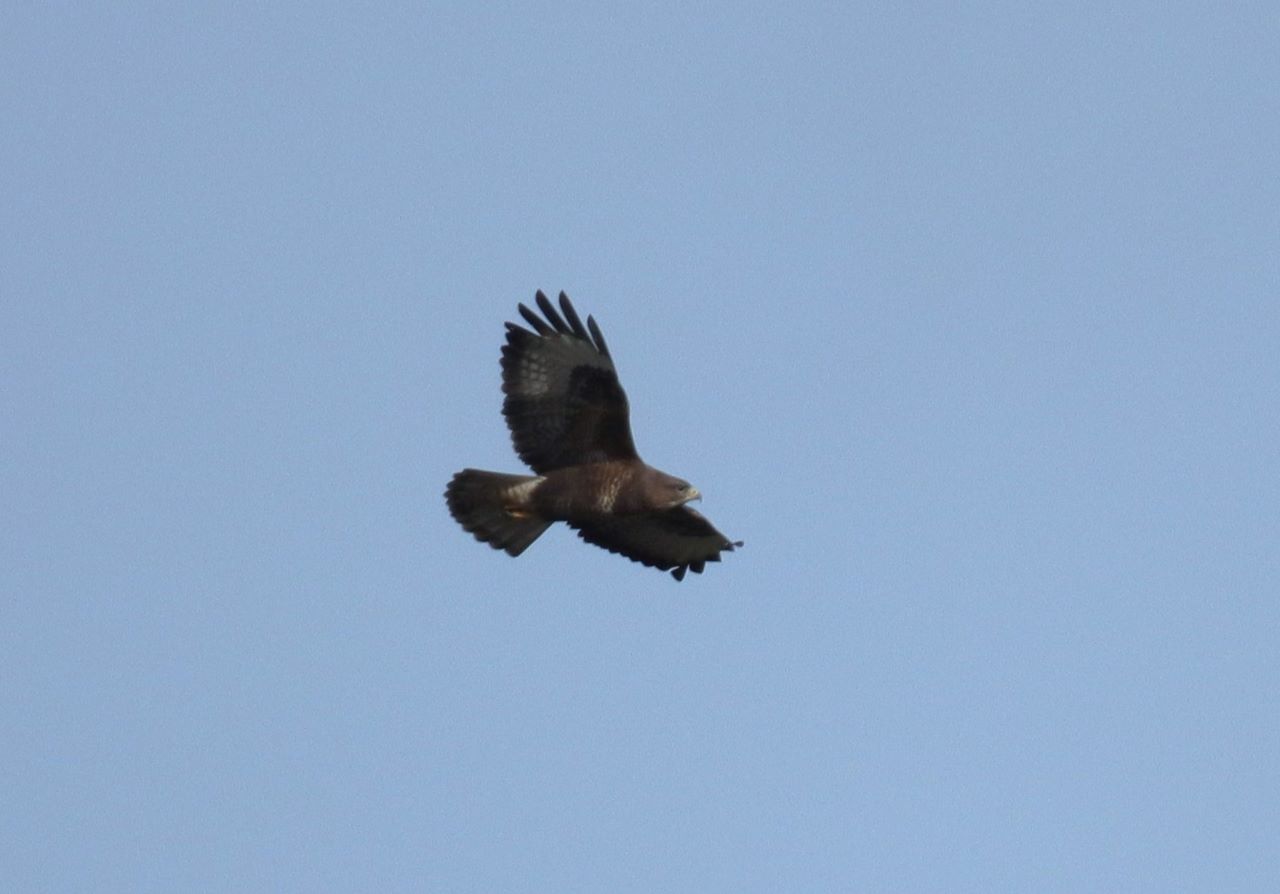

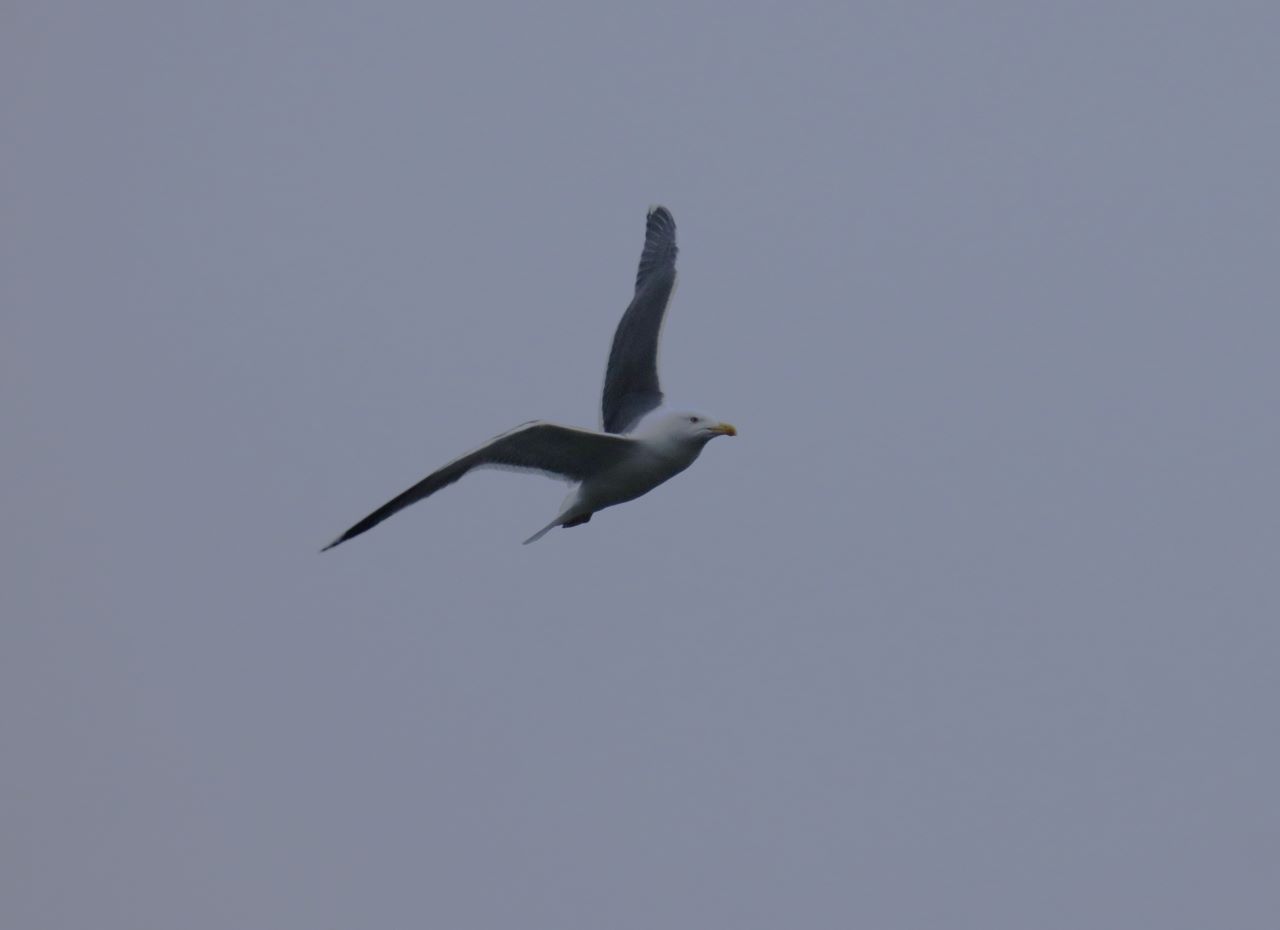
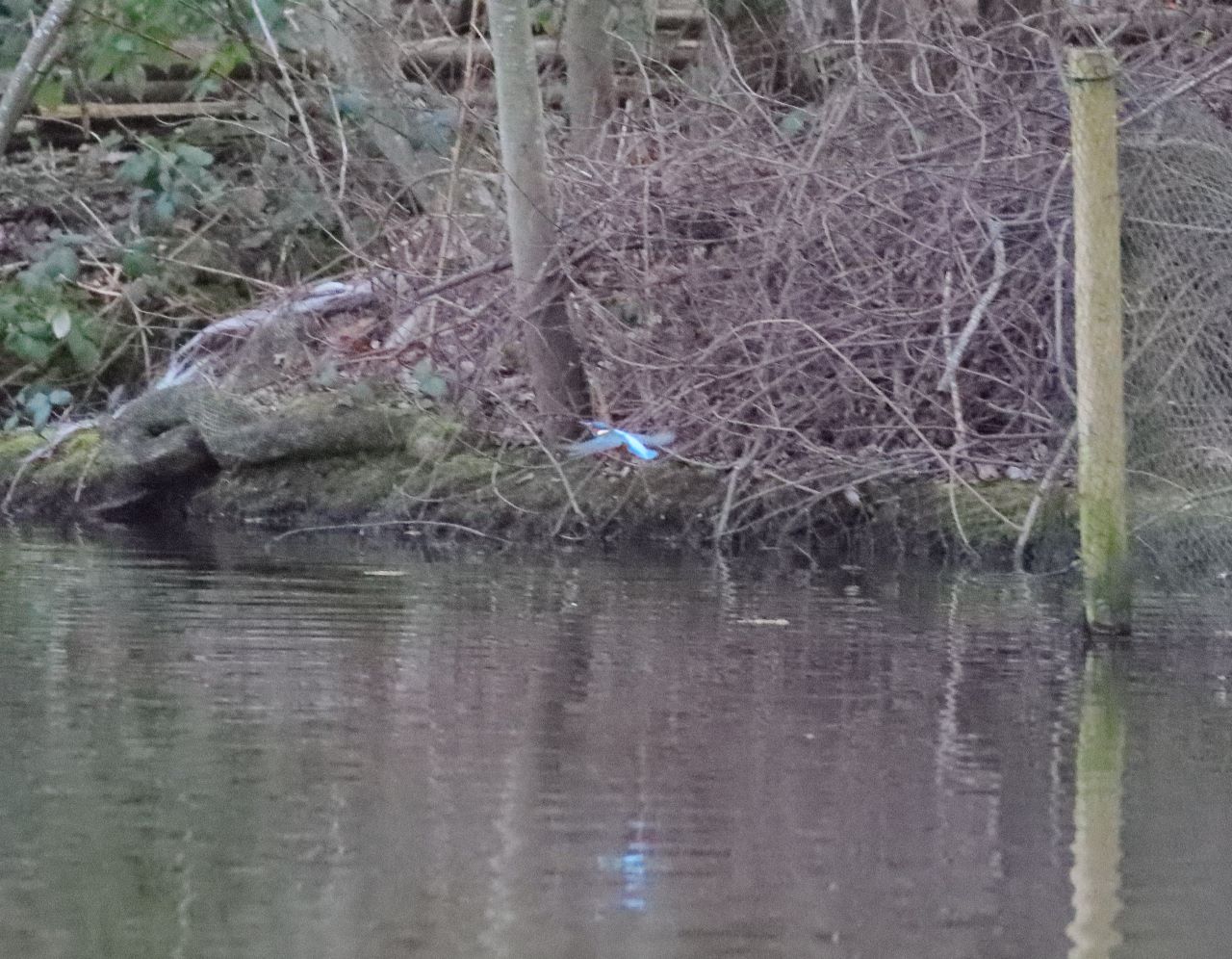
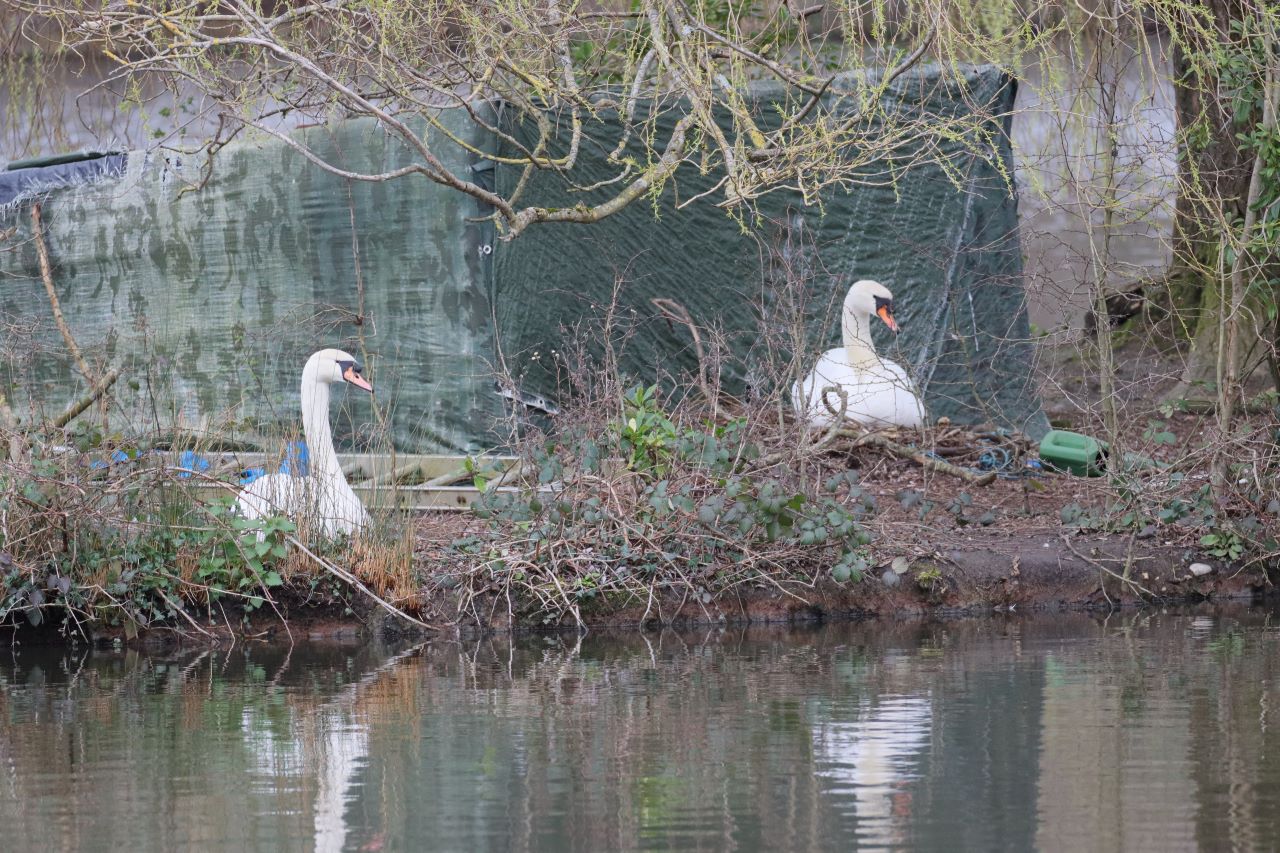



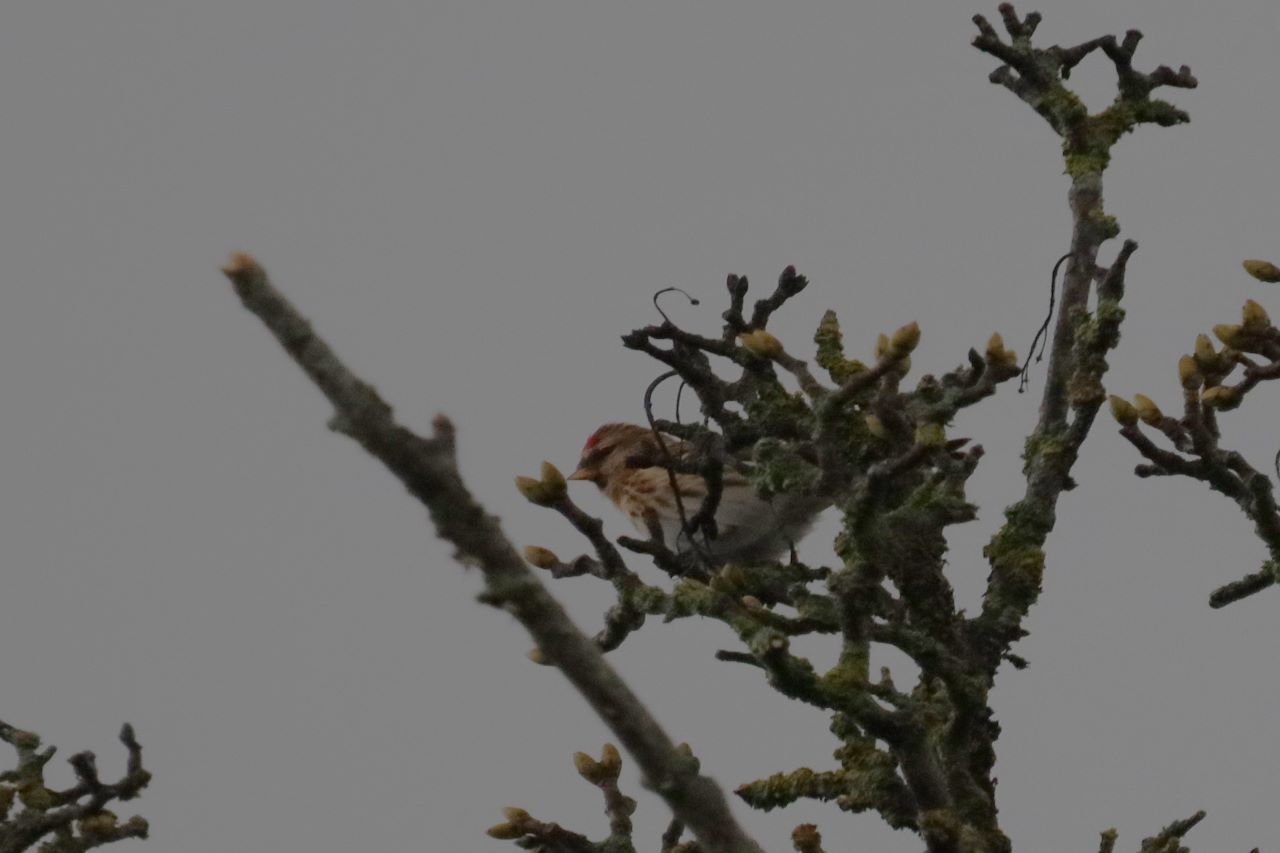
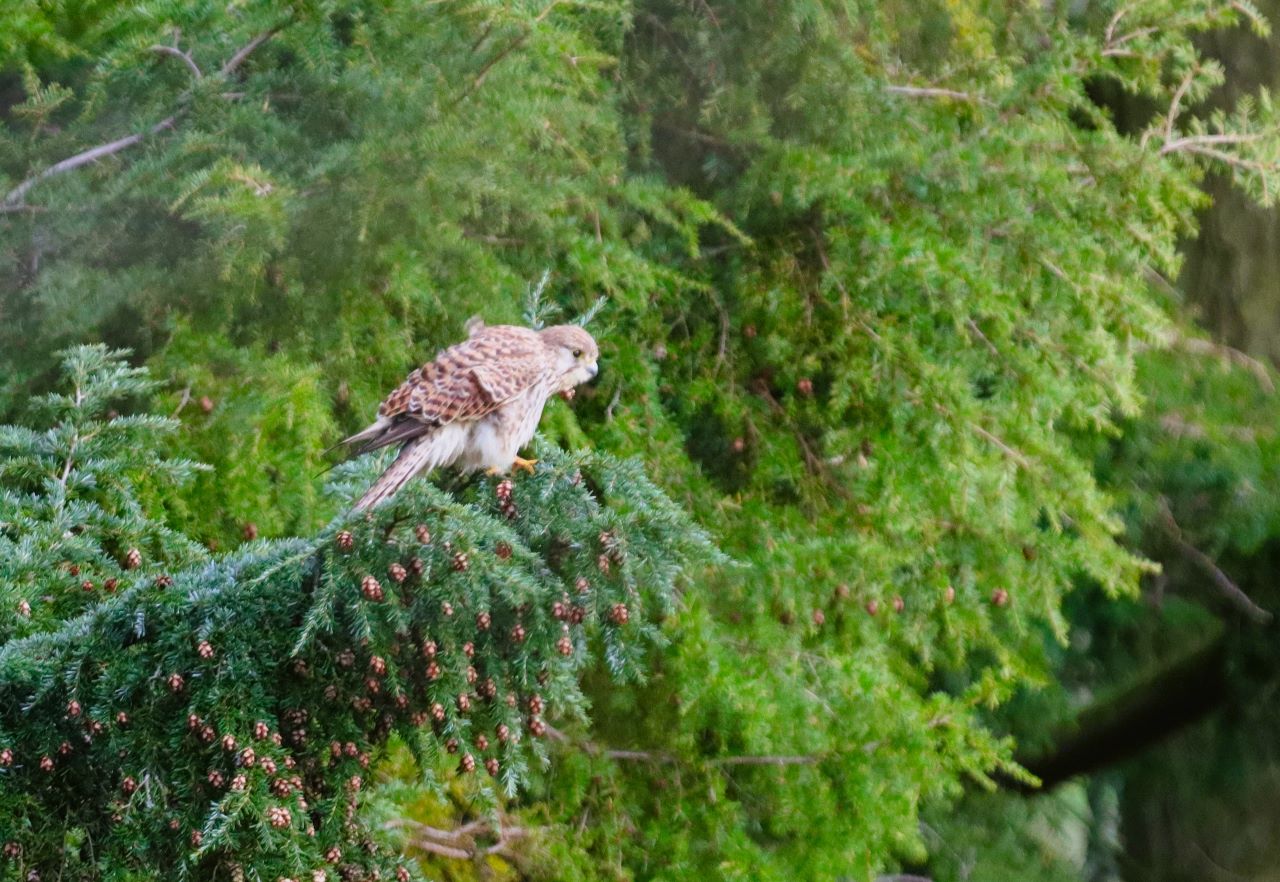

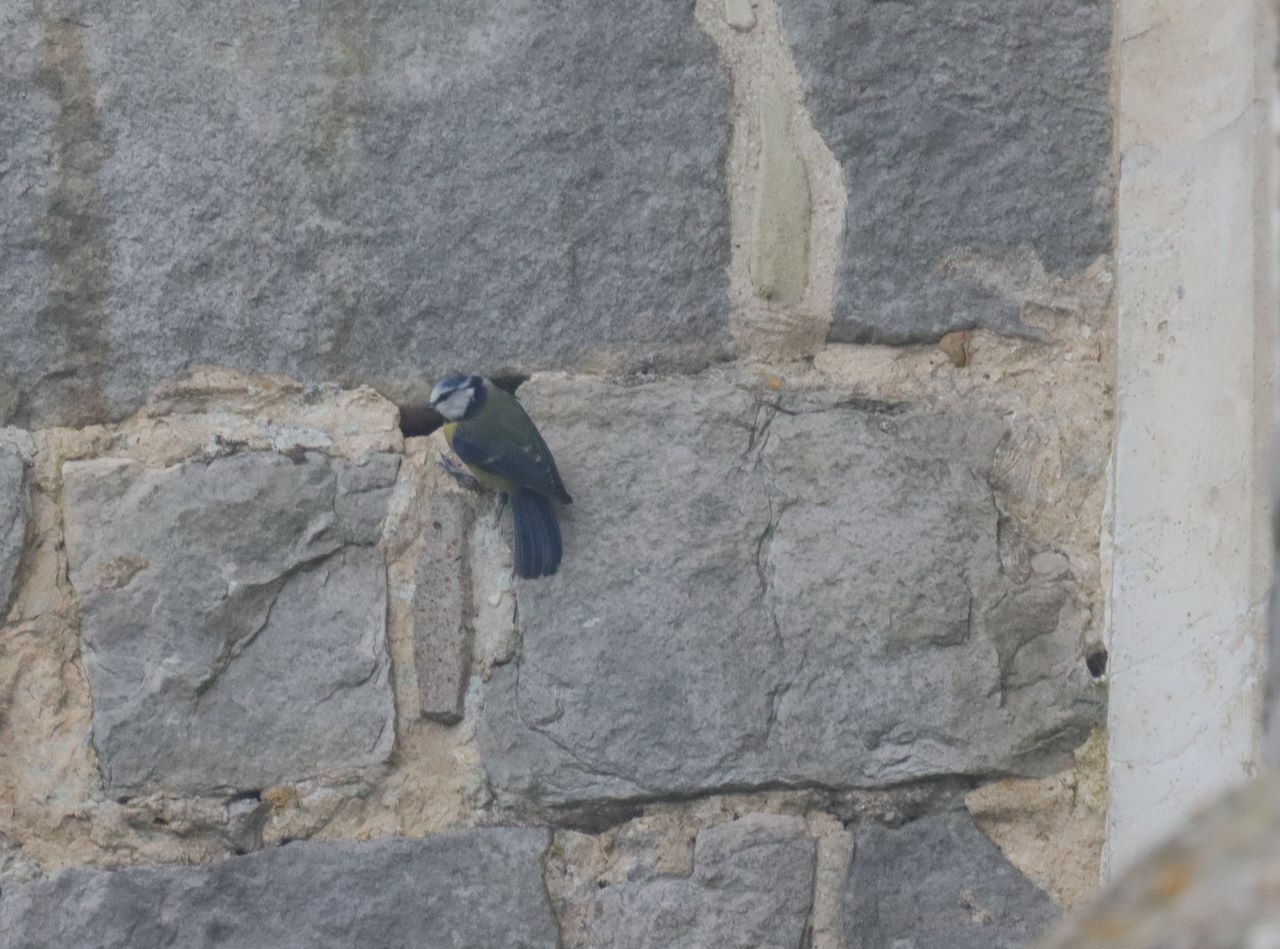
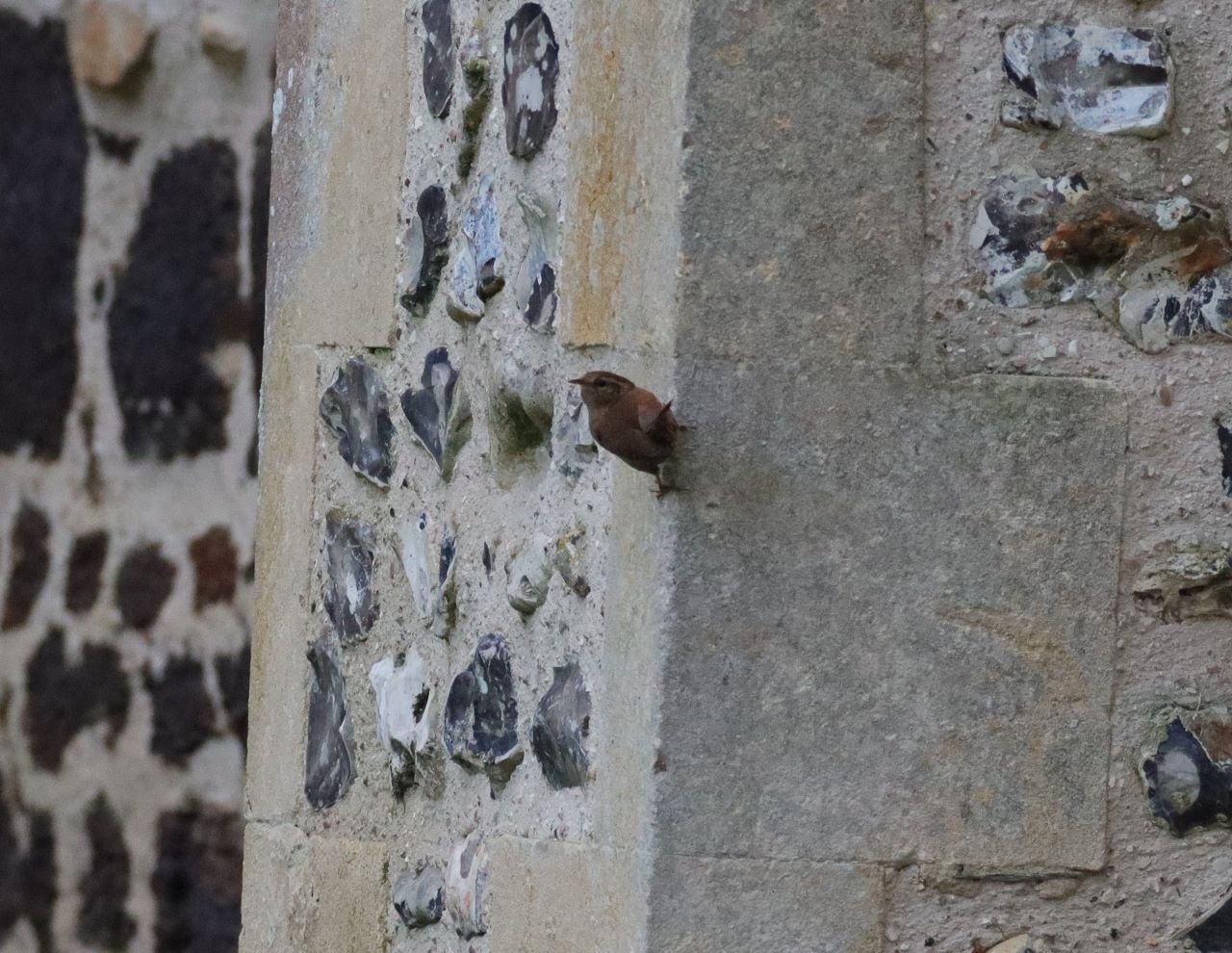

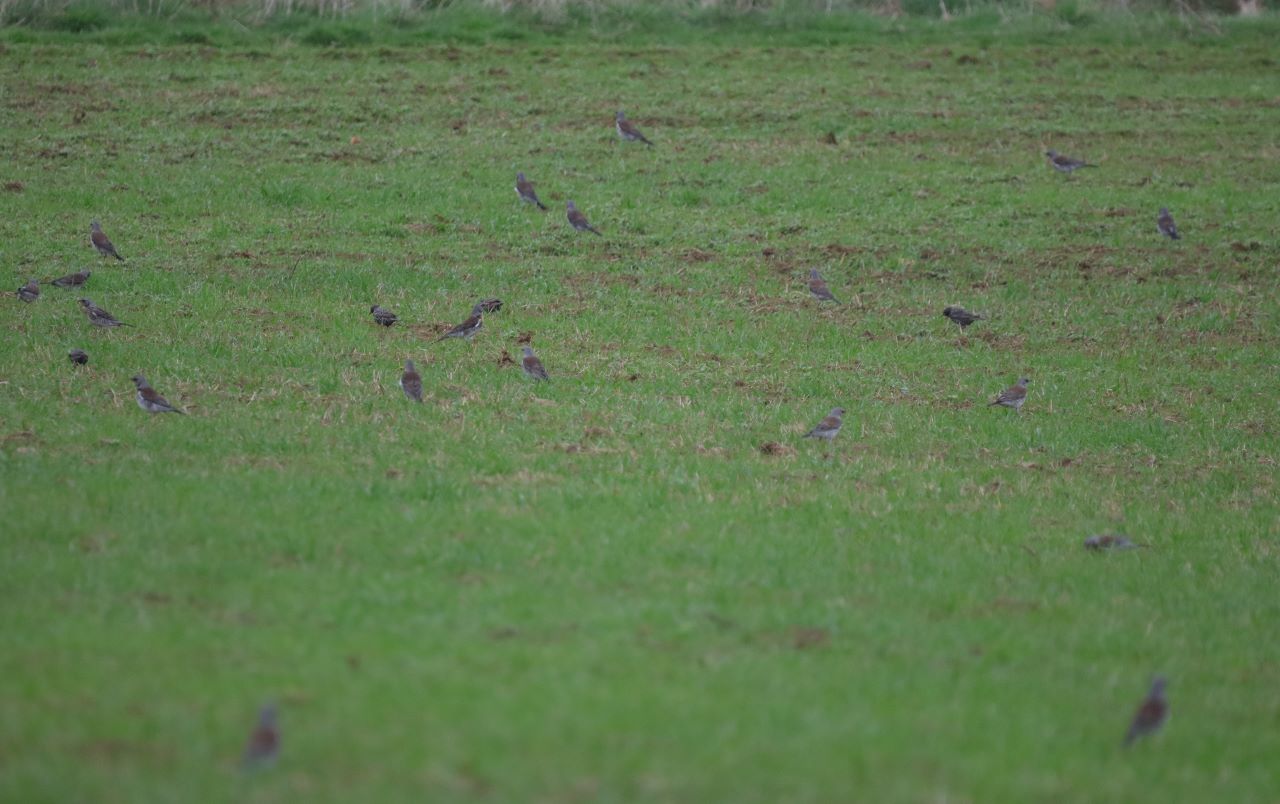
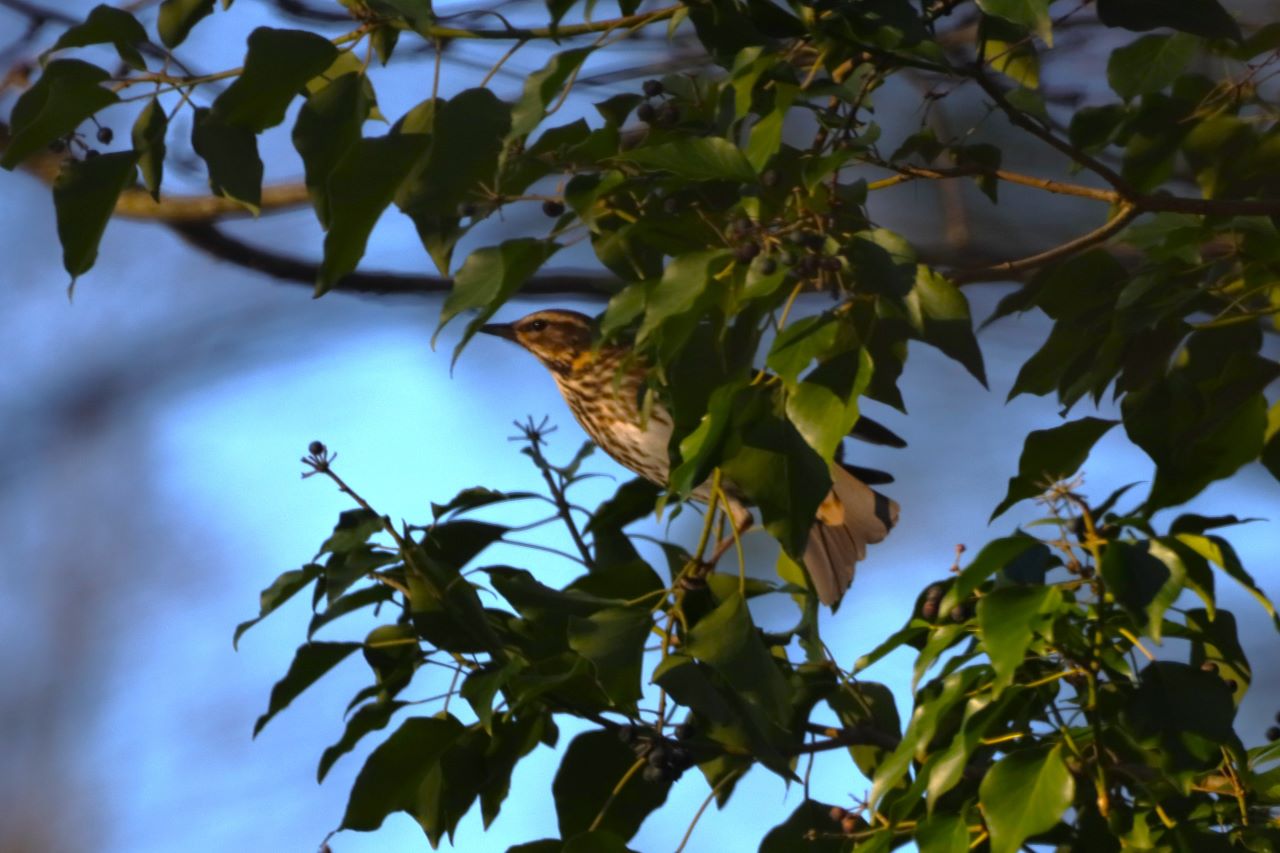
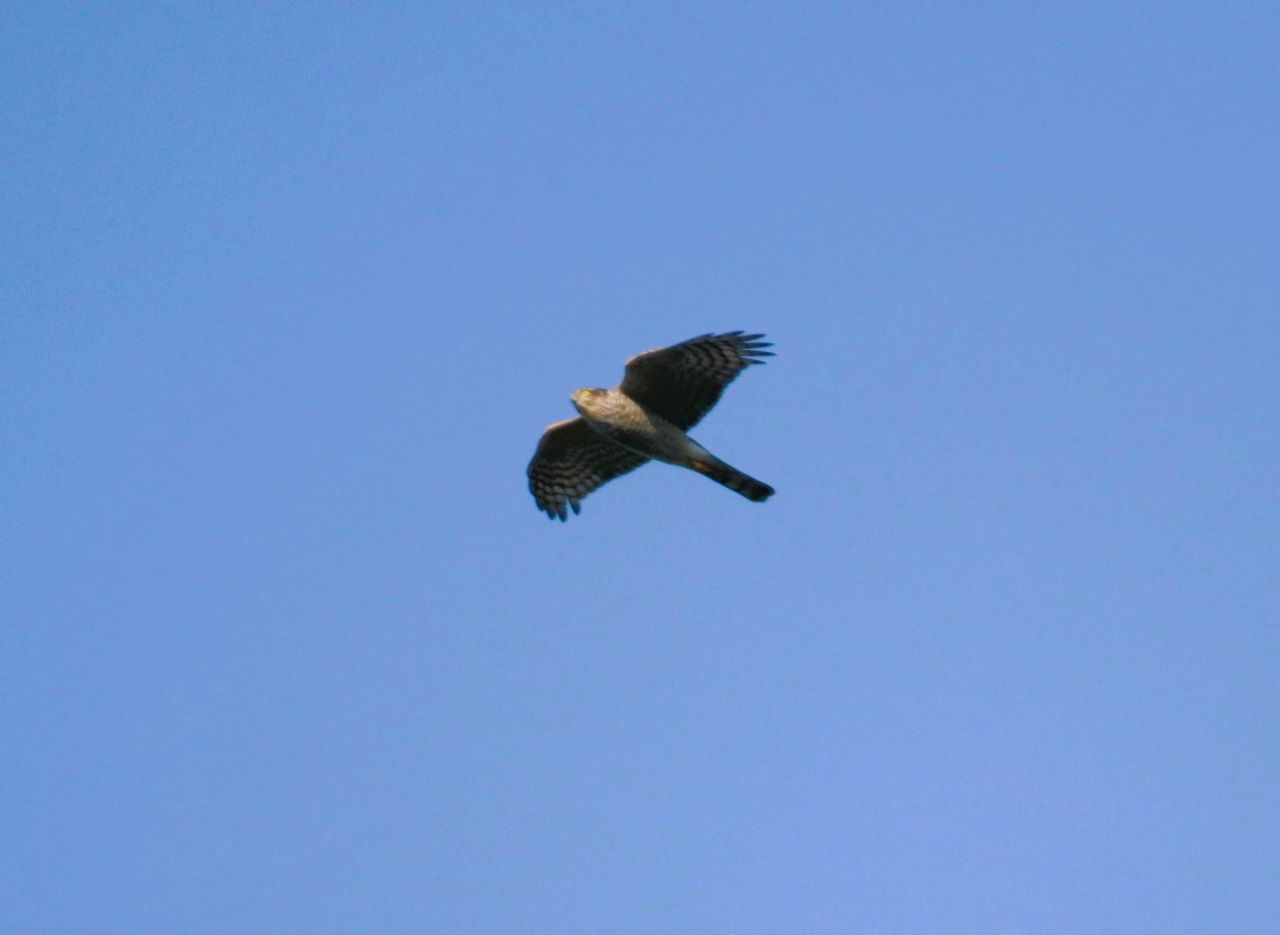
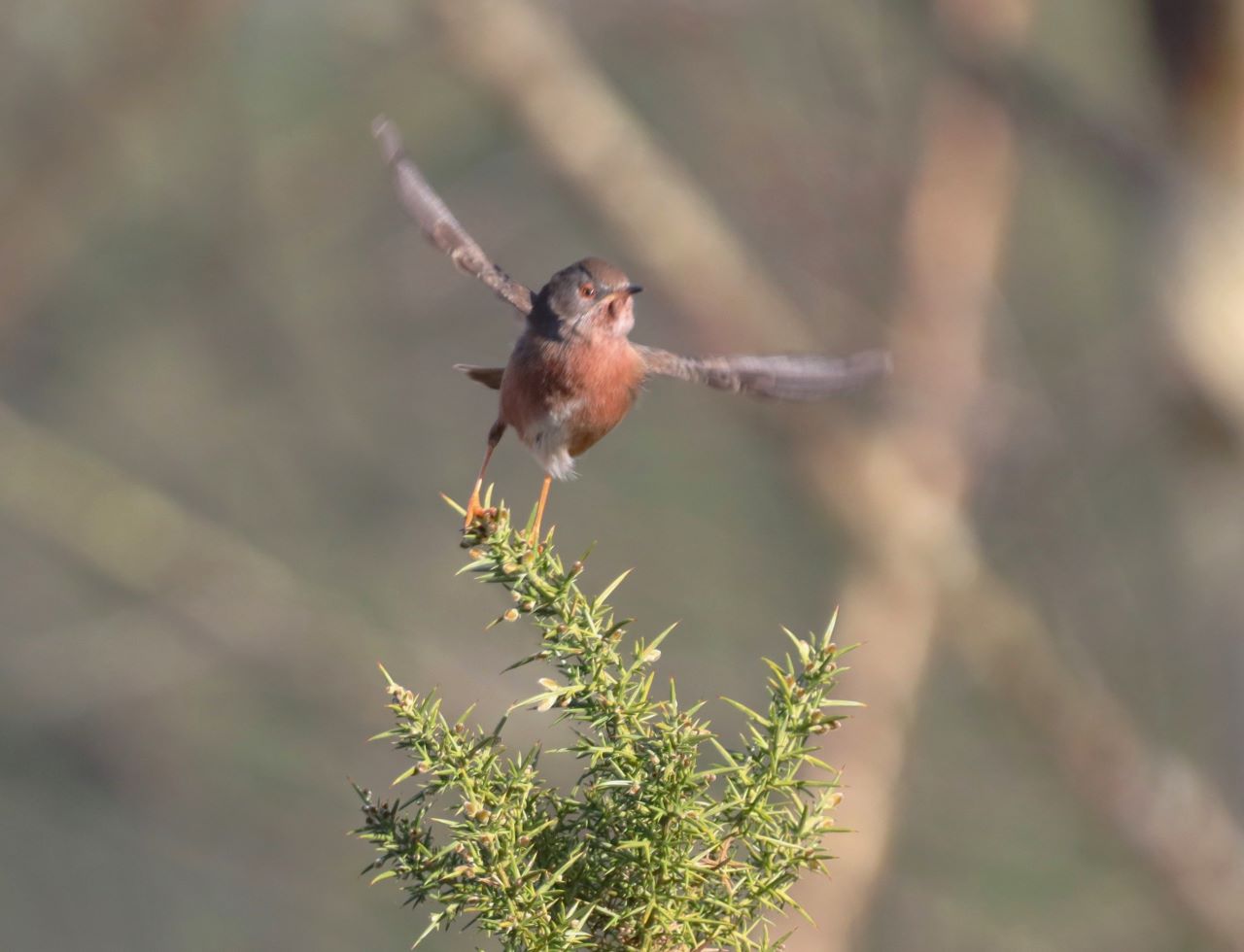






Steve Simnett
March 3, 2024 at 10:58 am
I love the long-tailed tits nesting.
Well done Malcolm.
Ellen Portess
March 14, 2024 at 9:52 pm
I love reading your diary about which wildlife you have seen. Thank you.
Editor’s response: Please do also see the Wild Surrey column by Harry Eve.